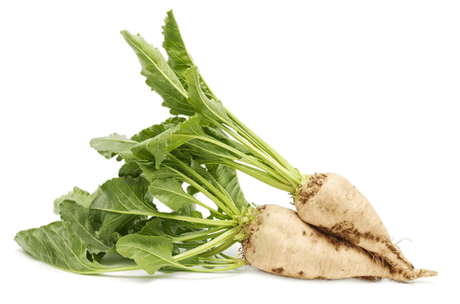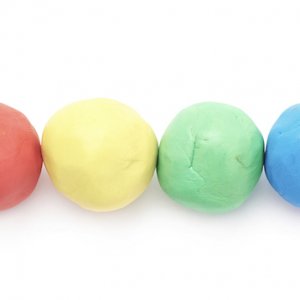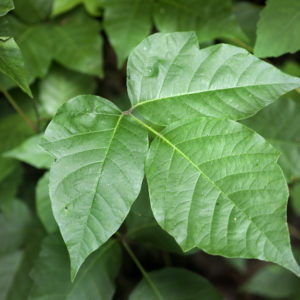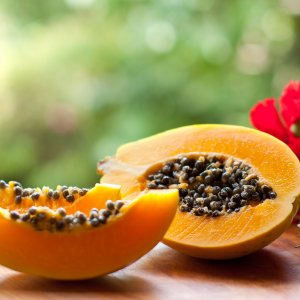Can’t find your favorite probiotic? Consider adding inulin to your regimen.
Why Add Inulin?
There are multiple foods that feed good bacteria in the gut, and many of them have one thing in common: inulin. This fibrous oligosaccharide is similar to a prebiotic (food for good bacteria). It has a mildly sweet flavor, and is found in high concentrations in Jerusalem artichokes, dandelion roots, asparagus, leeks and onion, bananas, plantains, sprouted wheat, garlic, artichokes, fresh herbs, yams, burdock, camas root, jicama and yacon root.

Though used by plants as food, human enzymes do not break down inulin. Therefore, it passes through the digestive tract without providing nutrition or calories. It does feed the good bacteria in the gut and helps ensure a thriving microbiome. Studies have shown that inulin can feed good bacteria including Bifidobacterium and Lactobaccilli. There are 10s of 1000s of good bacteria in the gut, all of which need to be fed. Good bacteria in the gut can help ward off bad bacteria, fortify the body’s immunity, and prevent the overgrowth of yeasts in the gut.
In addition to feeding good bacteria, inulin also supports healthy weight management.
Inulin is a fructan fiber, and after ingestion it combines with water and forms a gel-like substance that takes up a lot of room in the stomach. This helps you feel fuller longer. Additionally, since it is fiber in combination with a lot of water, as it travels through the colon it helps form healthier bowel movements. Studies have examined this particular fiber for both how it can support normal blood sugar and support healthy weight. Inulin may also be helpful in absorbing calcium from foods.
So, if you can’t find a probiotic, or if you just want to add something new to support your gut, consider adding inulin to the routine.
For more natural health and wellness education,












